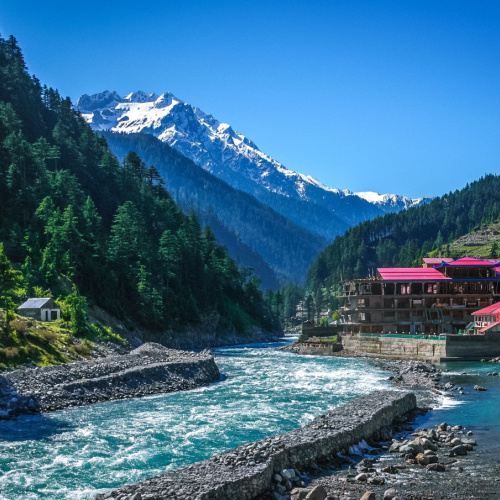Pakistani summers are typically hot and dry, especially in the southern and central plains, where temperatures can soar to extremely high levels. In the northern mountainous regions, the climate remains more temperate. This season is characterized by intense heat in most parts of the country, with minimal rainfall. The summer months also mark the start of the mango season, a significant feature in Pakistani cuisine and culture.
- All
- Armenia
- Bali
- Bangladesh
- Bhutan
- Cambodia
- China
- Dubai
- Fiji
- French Polynesia
- Guam
- India
- Indonesia
- Iran
- Japan
- Jordan
- Kazakhstan
- Kyrgyzstan
- Laos
- Lebanon
- Malaysia
- Maldives
- Mongolia
- Myanmar
- Nepal
- Oman
- Pakistan
- Palestine
- Philippines
- Qatar
- Russia
- Saudi Arabia
- Singapore
- South Korea
- Sri Lanka
- Syria
- Taiwan
- Thailand
- Turkey
- Uzbekistan
- Vietnam
- Yemen
- More

Why Visit Pakistan?
Pakistan, a South Asian nation, is celebrated for its diverse landscapes, rich history, and cultural tapestry. Covering approximately 881,913 square kilometers, it boasts a wide range of terrains, from the rugged mountains of the Himalayas in the north to the fertile plains of the Indus River in the south.
Pakistan’s history is marked by ancient civilizations, Islamic heritage, and the legacy of the Indus Valley Civilization. The nation’s culture reflects a blend of indigenous traditions, Islamic influences, and a mosaic of ethnic groups and languages. With historical treasures like the Badshahi Mosque and the ancient city of Taxila.





